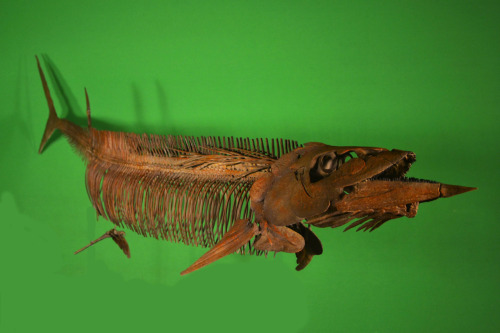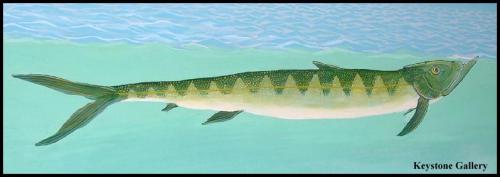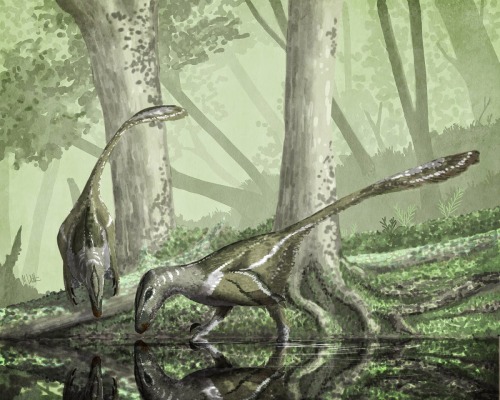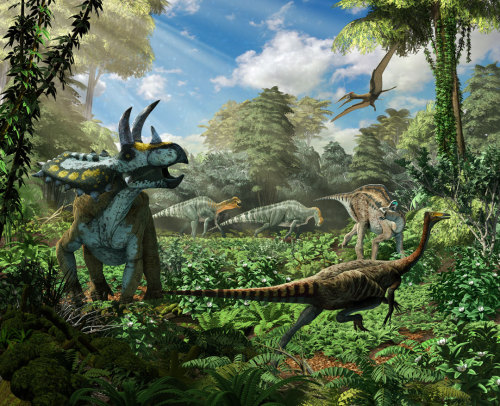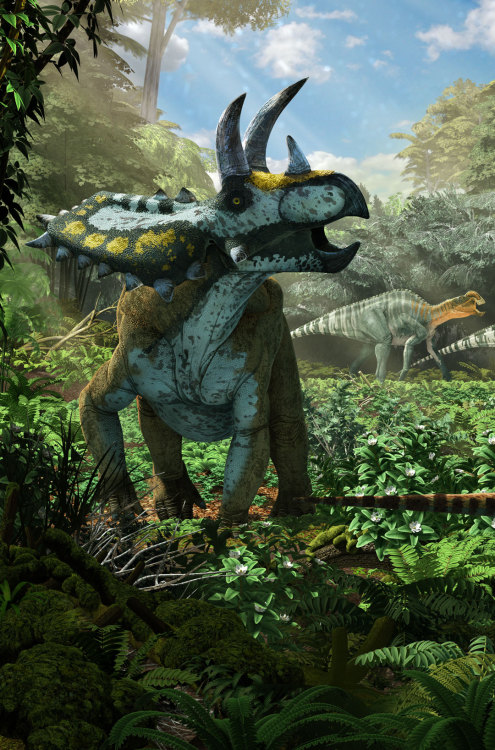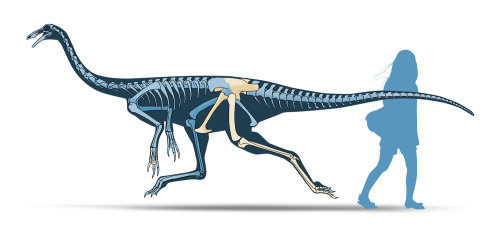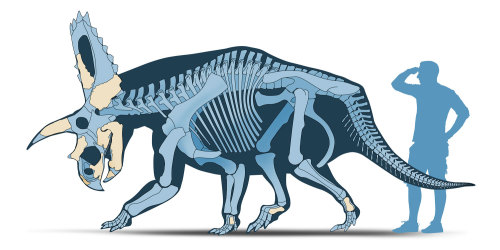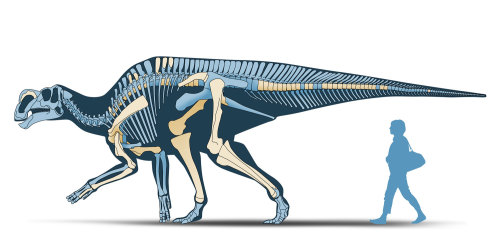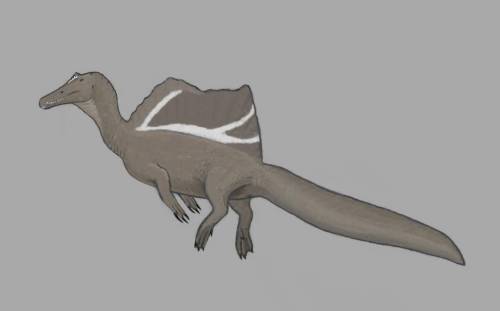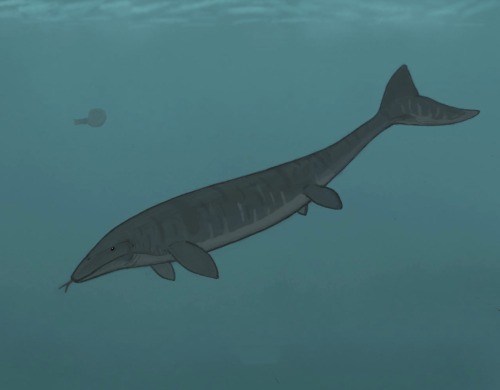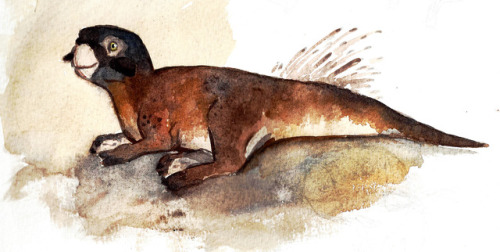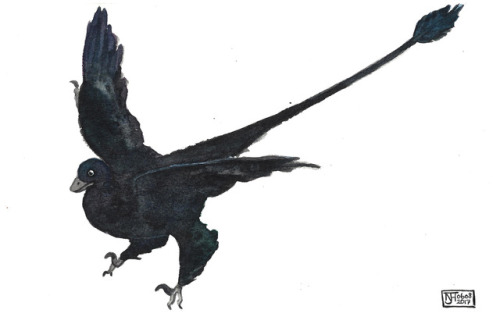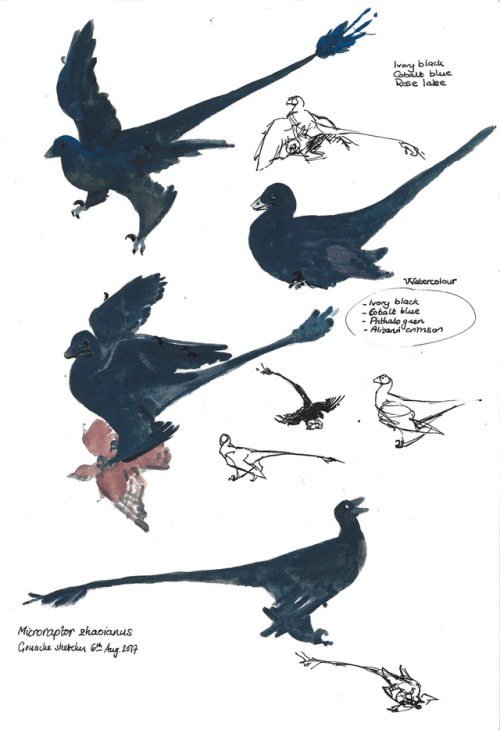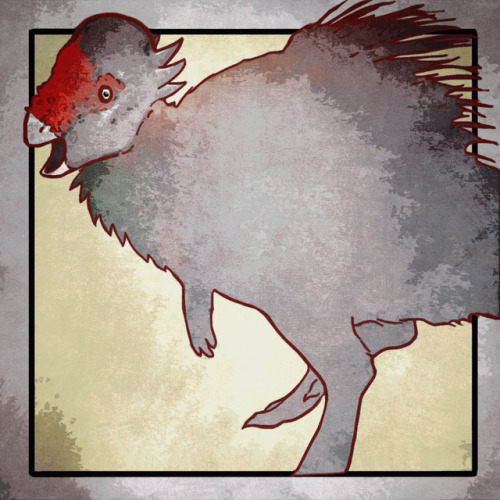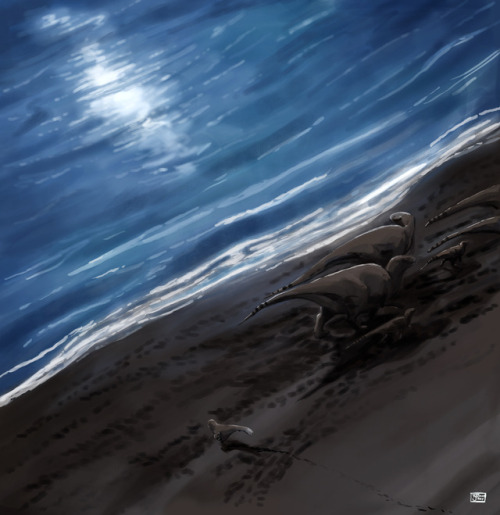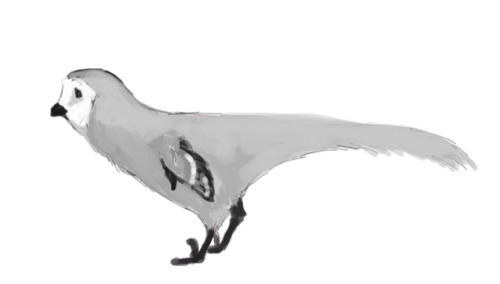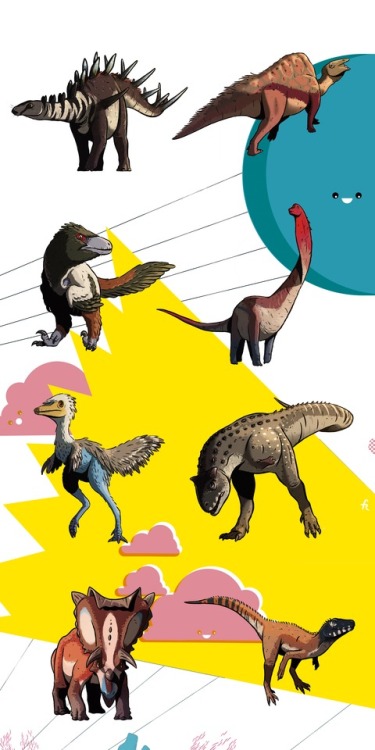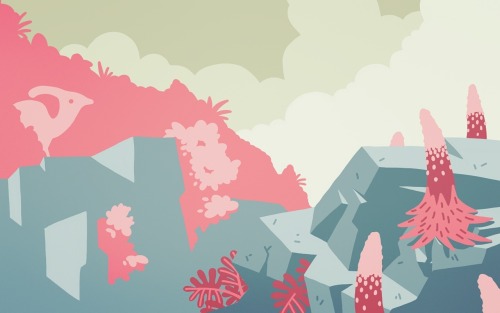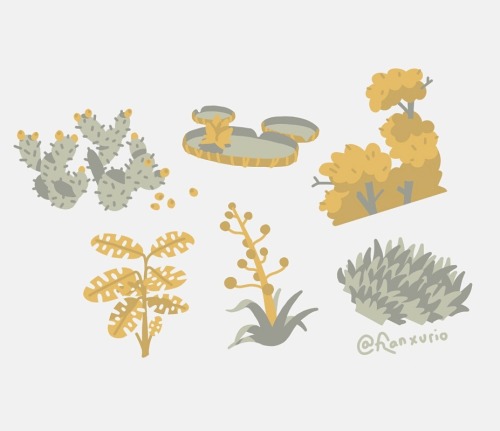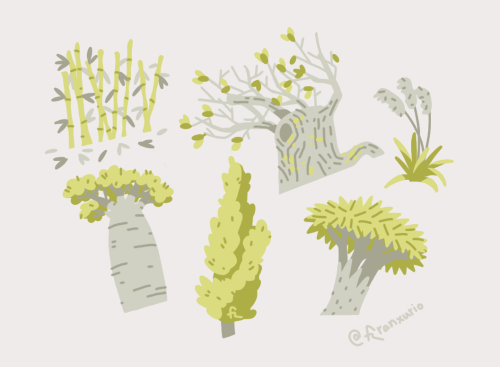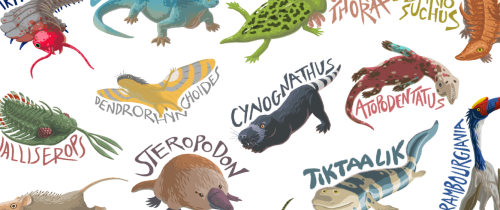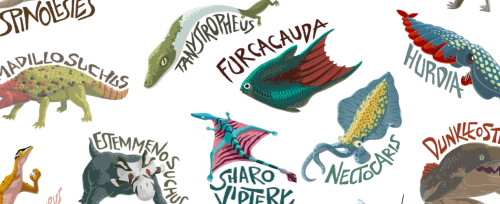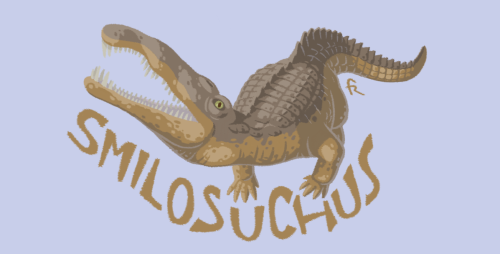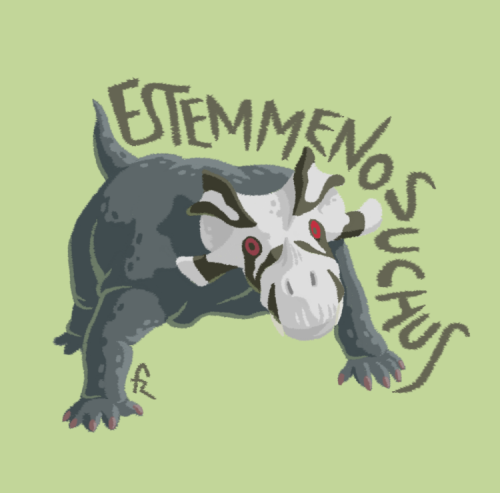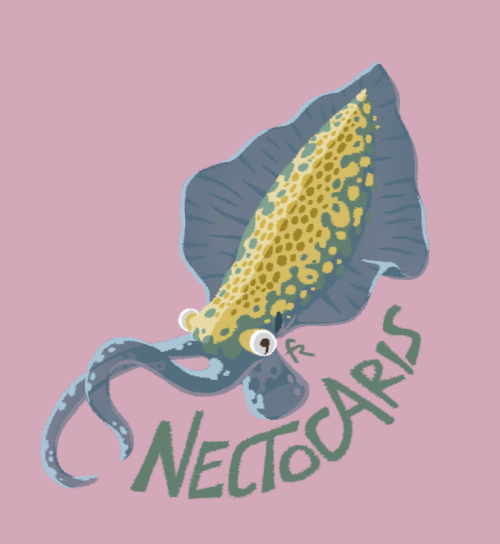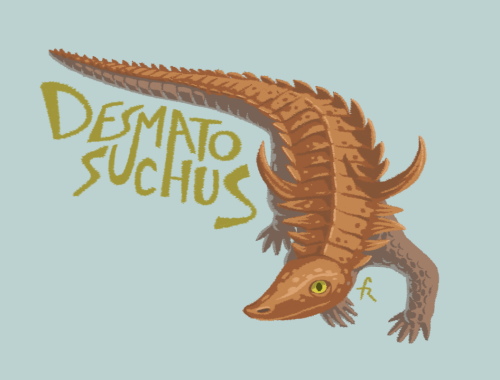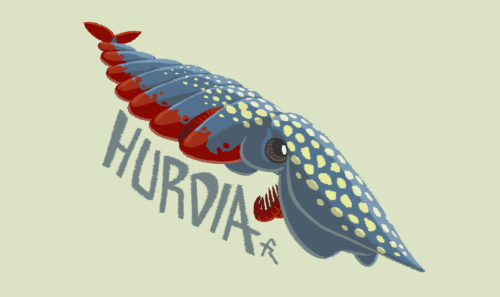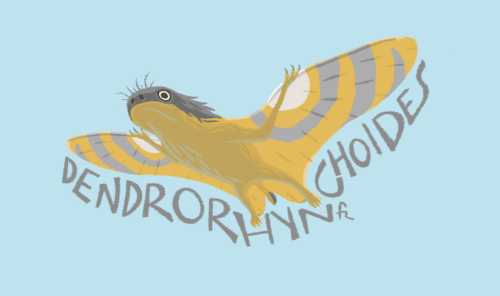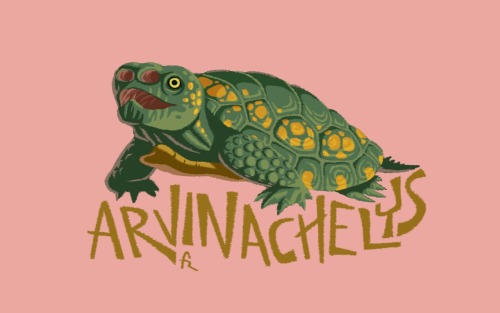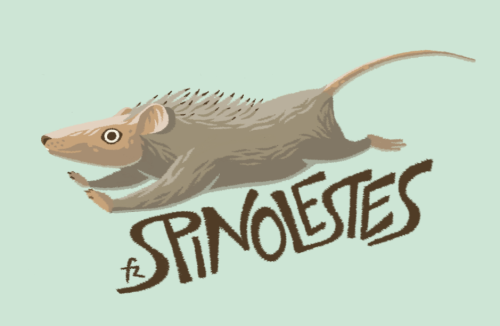#cretaceous

PART 1:
https://zobiez.tumblr.com/post/679558795075239936
I FINALLY finished part 1 of the Evolution of Life poster that I was doing for my class-
It was originally supposed to be in color pencil
However, I think I will redraw it traditionally as a side project
My problem with this is that some of the animals in this poster look way too similar to the references I used and that bothers me
Throws off the consistency
Idk man I really want to redraw it the way it was intended one day
Without worrying about a deadline
Take it anyway- this took so long lmao
Saurodon - a sword eel
Mounted reconstruction on display at the Rocky Mountain Dinosaur Resource Center, Woodland Park, Colorado
Reconstruction by Charles Bonner
When: Cretaceous (~ 89 - 83 million years ago)
Where: North America
What:Saurodon is one of the large fish which swam though the Cretaceous Seaway, the marine waters that covered much of North America during the late Mesozoic. This particular species was ‘only’ about 8.5 feet (~2.6 meters) long, with a relatively skinny body and large pointed lower jaw. These features are what gives the family Saurodontidae the nick-name 'sword eels’. The Saurodontidae fall into the later group Ichthyodectidae, a completely extinct clade that contains some of the largest fish on record. Today the living relatives of these gigantic fishes are in the clade Osteoglossomorpha and are some of the largest bony fish that swim though today’s waters.
This was not a very specious group - there are only three described species - but they have been known to science for almost two-hundred years. The first Saurodontidaewas named in 1824 by Richard Harlan (the discover of Harlan’s ground sloth) - but was misidentified as the jaw of an extinct marine reptile. This was corrected only six years later when the first Saurodon specimen was found, and it was clear that the fragmentary specimen which was previously named belonged to a large fish, not a marine reptile. The use of the long lower jaw in Saurodon and its kin is not well understood, but it has been hypothesized that perhaps these predatory fish dug prey out from the deep muds at the bottom of the seaway.
Post link
Hey there!
New model available: Life-size Protoceratops skull.
https://cults3d.com/en/3d-model/various/crane-de-protoceratops
Post link
Yesterday, some new spinosaurs out of the Isle of Wight were formally described/revealed. They are very similar to Baryonyx, but as I understand it enough material was discovered to make the argument that RiparovenatorandCeratosuchops are sufficiently different.
To catch the bandwagon of drawing new dinosaurs in a timely manner, here are some shitposts. Enjoy.


Deinonychus pair in the swamps, by Mark Witton|Print :
“(…) The Early Cretaceous dromaeosaur Deinonychushas been restored so many times that it’s difficult to come at it from a fresh angle. I thought one way to do that was to not show it on open plains, but in a backswamp. (…) The arms of the foreground animal are pressed tight to the body in the manner proposed by palaeoartistic Queen of the maniraptorans, Emily Willoughby, rather than held half-folded as we’re more used to seeing them. As Emily explains, there is good reason to think the ‘arms out’ postures we’re used to is nonsensical - animals just don’t carry themselves like that” Keep reading
Post link
“Scene of the Late Cretaceous of Coahuila State, Mexico. Featuring (from left to right) Coahuilaceratops magnacuerna,Latirhinus uitstlani,Velafrons coahuilensis,Saltillomimus rapidus, and Muzquizopteryx coahuilensis flying over the scene.”
Post link
“The biggest dinosaurs ever discovered”, Quo Magazine November 2014, infographic by Román García Mora
Post link
Prince Creek
Watched by a foraging troodontid, a herd of Arctic hadrosaurs walk along a moonlit beach in Alaska, 69 mya.
Inspired by trackways left in volcanic ash at Prince Creek. The species depicted have unclear status at this moment in time, so let’s call them Troodon sp. and Ugrunaaluk kuukpikensis/Edmontosaurus regalis.
Post link
Landscapes, plants and rocks
(http://www.facebook.com/franxurio,http://www.instagram.com/franxurio)
Post link
Cause Prehistory isn’t just about dinosaurs, I made a poster with every ‘Dinovember Without Dinosaurs’ illustrations that I’ve been drawing during last month. Hope you like it!
If you want one, you can purchase it here: http://www.redbubble.com/people/franxurio/works/18506216-dinovember-without-dinosaurs-2015?c=459839-dinovember-without-dinosaurs
And here: https://society6.com/product/dinovember-without-dinosaurs_print#1=45
Post link
Last round of my ‘Dinovember with no dinosaurs!’ POSTER COMING SOON More of my stuff in FB: https://m.facebook.com/Franxurio/ and Instagram: https://instagram.com/franxurio
Post link
Third round of my ‘Dinovember with no dinosaurs!’ More of my stuff in FB: https://m.facebook.com/Franxurio/ and Instagram: https://instagram.com/franxurio
Post link
My #Dinovember without dinosaurs 7-12 More on my FB page: https://www.facebook.com/Franxurio/ and Instagram instagram.com/franxurio
Post link

Europe//Early Cretaceous (137 million years ago) // Sauropsida//image source
Dakosaurus looks like a type of dinosaur or plesiosaur, but it is actually one of many prehistoric crocodiles that developed fins. They reached lengths of up to 15 feet, and had an incredibly powerful bite.

North America//Late Cretaceous (80 million years ago) // Hesperornithiformes//image source
Despite its resemblance to the loon, hesperornis has no living descendants. It was about 5 feet long and had actual teeth (not just a serrated bill) to grasp fish easily.

South America* //Cretaceous (110 million years ago) // Saurischia //image source
Fun Fact: Irritator is related to the much larger, much more famous Spinosaurus. It is so named because paleontologists were “irritated” that the skull they acquired had been altered by fossil dealers. The sail is thought to help the animal regulate its body temperature.
*It is a common misconception that all dinosaurs lived in the combined land mass Pangaea. However, by the Cretaceous period, the continents had already drifted apart.
Some more nice CGI sauropod models by David West, from David and Oliver West’s Dinosaurs of… book series.
- Atlasaurus and Spinophorosaurus from Dinosaurs of the Middle Jurassic
- Europasaurus and yet another Mesozoic beach scene from Dinosaurs of the Upper Jurassic
- Aragosaurus and Amargasaurus from Dinosaurs of the Lower Cretaceous
Post link

